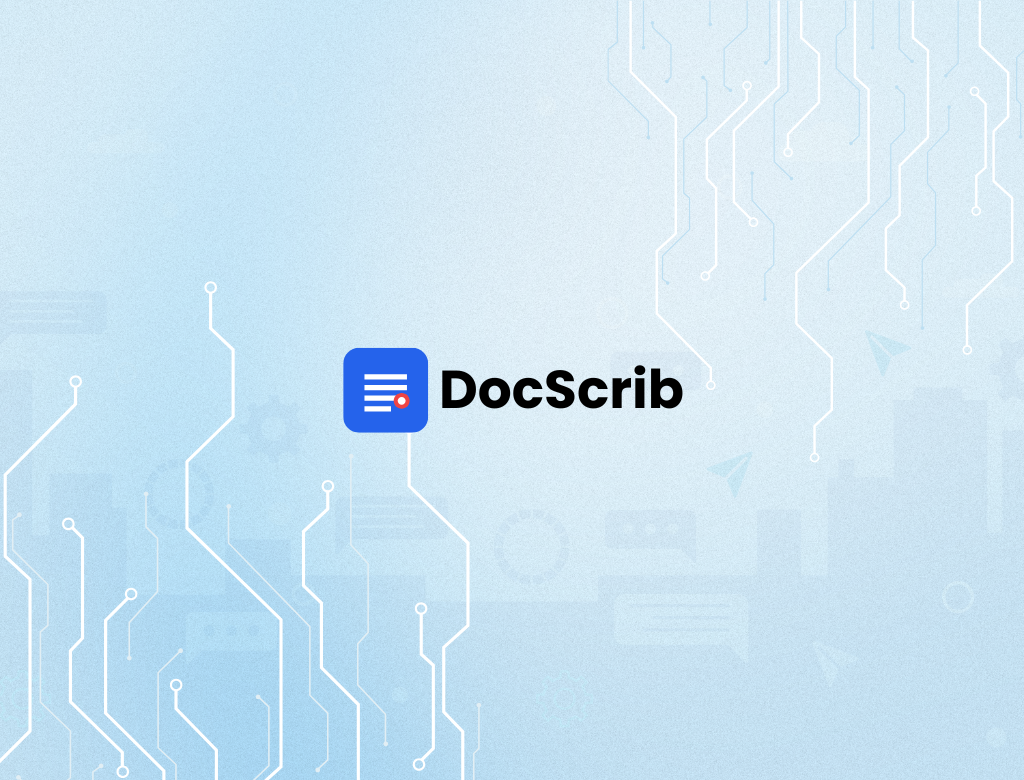By Team DocScrib | June 2025
“My patients need 100% of my focus. Charting can’t take away from listening to a heart murmur or catching subtle risk signs.”
— Dr. Aarti Khanna, Cardiologist
Cardiology isn’t just a specialty—it’s one of the most documentation-heavy disciplines in medicine. From nuanced physical exam findings to complex medication regimens and risk stratification, a single encounter can generate several paragraphs of structured, high-risk data.
That’s why the demand for a precise, specialty-aware AI medical scribe is higher than ever among cardiologists.
What Cardiologists Need From an AI Scribe
A generic transcription tool isn’t enough. Cardiologists require a medical scribe that can:
-
Accurately understand hemodynamic and anatomical terms
-
Distinguish systolic vs diastolic murmurs, arrhythmias, and device data
-
Handle complex past cardiac history and risk scores
-
Generate structured SOAP or H&P notes customized for cardiology workflows
-
Be EHR-ready and HIPAA-compliant at all times
This is where DocScrib rises above the rest.
Why DocScrib is the Best AI Scribe for Cardiologists
Here’s what sets DocScrib apart for high-volume cardiology clinics and academic centers:
✅ Specialty-Aware Language Models
DocScrib understands phrases like “NYHA Class III,” “ejection fraction 35%,” or “post-MI angina” and structures them precisely under relevant headings.
“Most scribes need correction. DocScrib auto-categorizes murmurs, meds, and test plans with zero handholding.”
— Dr. Prakash Menon, Interventional Cardiologist
✅ Seamless Integration with Cardiology Workflows
-
SOAP, H&P, or procedure notes? DocScrib adjusts its output format to your preferred structure.
-
Need to dictate an echocardiogram summary or stress test results? It recognizes these inputs.
-
Following up post-PCI or managing complex valve disease patients? The platform catches every nuance.
✅ Fully Ambient & EHR-Compatible
DocScrib passively listens during live consults or virtual visits—no toggling, no dictation clicks. Notes are auto-drafted and integrated securely with most EHR systems.
✅ Built for Busy Clinics
Whether you’re seeing 15 patients/day in clinic or rounding with a fellow, DocScrib scales with your rhythm. It’s designed for high-throughput, high-stakes care.
Real-World Results: Cardiology Use Case Snapshot
| Metric | Before DocScrib | After DocScrib |
|---|---|---|
| Avg. note completion time | 11 minutes | 2.5 minutes |
| Errors in medication history | ~2/week | <0.5/week |
| Post-clinic admin time | 2 hours/day | 30 minutes |
| Clinician satisfaction (1–10) | 6.4 | 9.3 |
Other Options? Here’s Why They Fall Short in Cardiology
❌ Freed AI:
Good for general note-taking, but lacks depth for cardiac-specific terminology and diagnostic accuracy.
❌ Chartnote:
Template-heavy and voice-driven—better suited for procedural notes, but not ambient or cardiology-focused.
❌ Nabla & Heidi:
Usability-focused but miss clinical depth. Minimal specialty customization and weak structured output.
Final Heartbeat
In a specialty where every millisecond matters, so should your documentation. DocScrib empowers cardiologists to focus on diagnostics, interventions, and relationships—while the AI handles the paperwork.
Because when documentation flows naturally, clinical thinking does too.
🩺 Want to try DocScrib in your cardiology clinic?
Request a specialty demo at docscrib.com or email us at contact@docscrib.com
🗂 Bonus: Join our newsletter for access to pre-built cardiology templates and SOAP structures.
